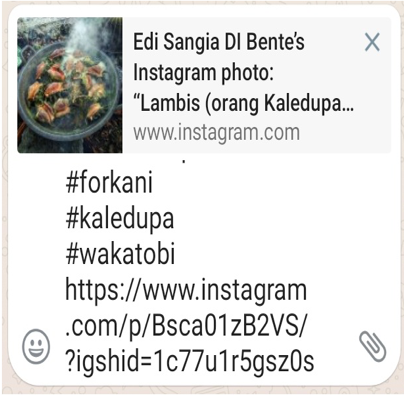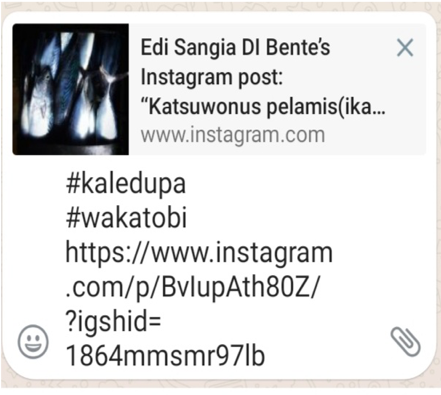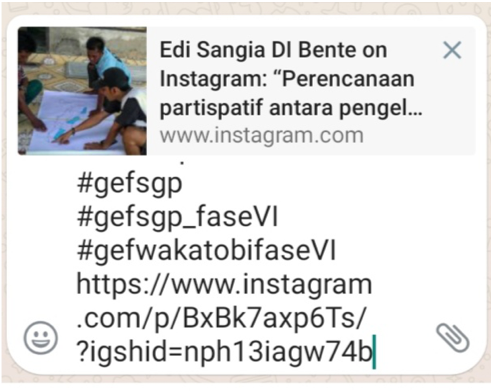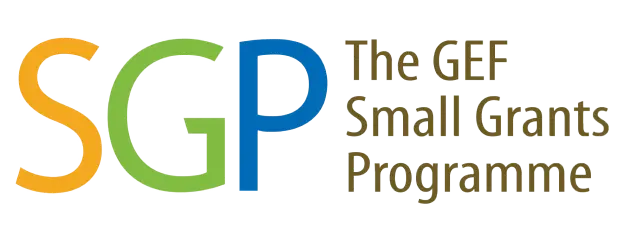By:
Mantigola Fishermen's Business Cooperative (KUN Mantigola)
GEF-SGP PHASE VI
Maintaining Biodiversity Through Protecting the Kaledupa Reef Area Marine Area.
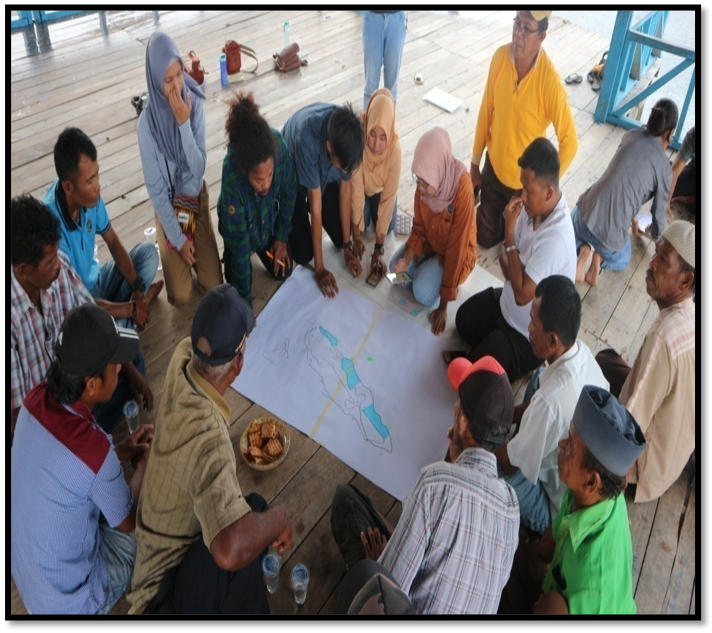
Photo 1.1. Deliberation between the villages of Mantigola and Horuo to determine the location for the protection of the Dikarang Kaledupa fish catch area after several processes such as identification and profiling of fishermen, seasonal fishing gear and markets. This meeting was attended by stakeholders ranging from representatives of fishermen, local institutions, Horuo and Mantigola village governments, Sara Barata Kahedupa, UPTD Maritime Affairs and Fisheries Kaledupa District and BTNW Section 2 Wakatobi Regency.
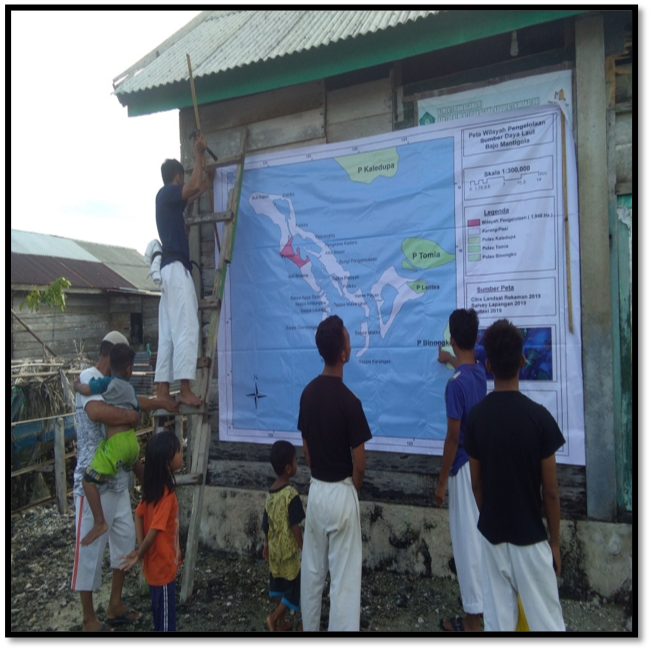
Photo.1.2. Campaign and socialization of fish catch area protection locations on Kaledupa coral in Mantigola village using billboards after determining the location, mapping and installing boundary signs.
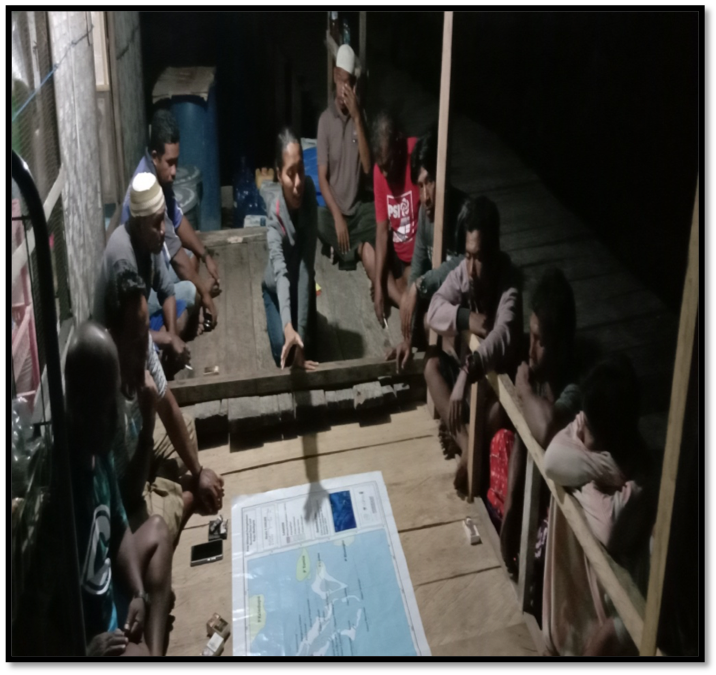
Photo.1.3. Involvement of local institutions and fishermen in discussion spaces, especially regarding regional concepts and regulations for protecting fish catch locations.
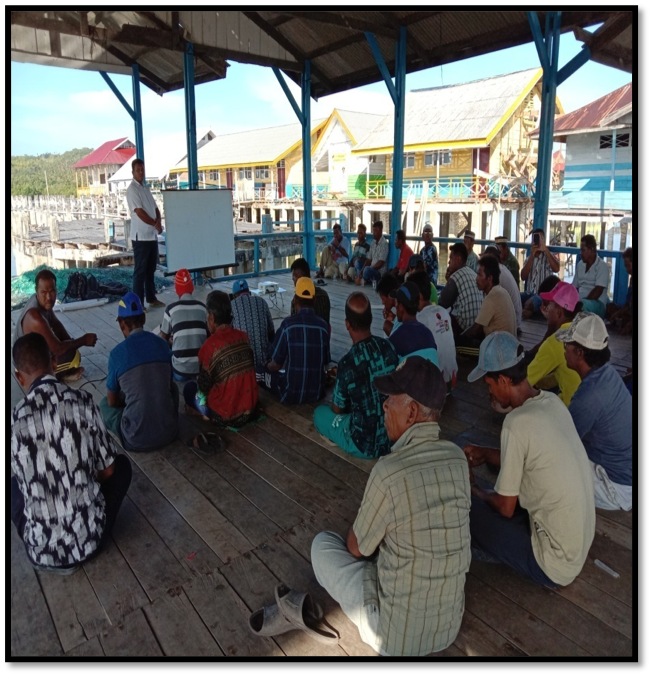
Photo.1.4. Joint deliberation between Mantigola and Horu Villages in Determining Concepts and Regional Regulations for Fish Protection Locations on Kaledupa Reef.
Increasing Community Food Security Through Better and Sustainable Fisheries Practices.
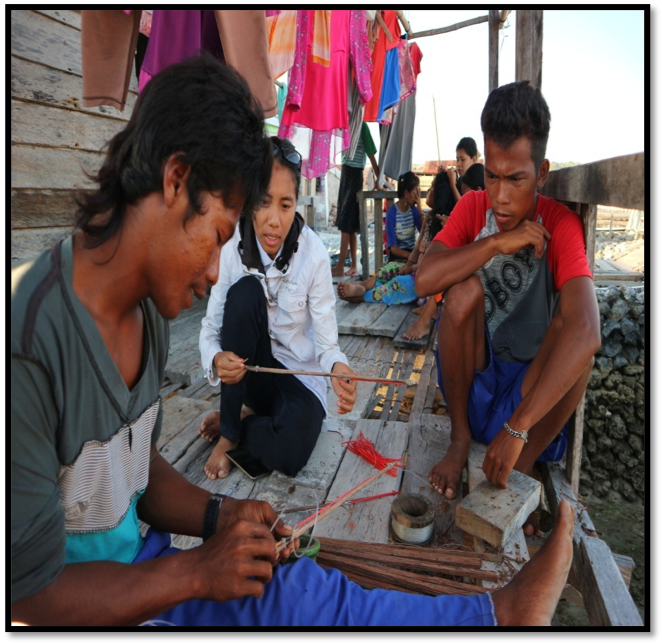
Photo.2.1. Identify fishing gear, catch locations and fishing methods used by fishermen in Mantigola Village.
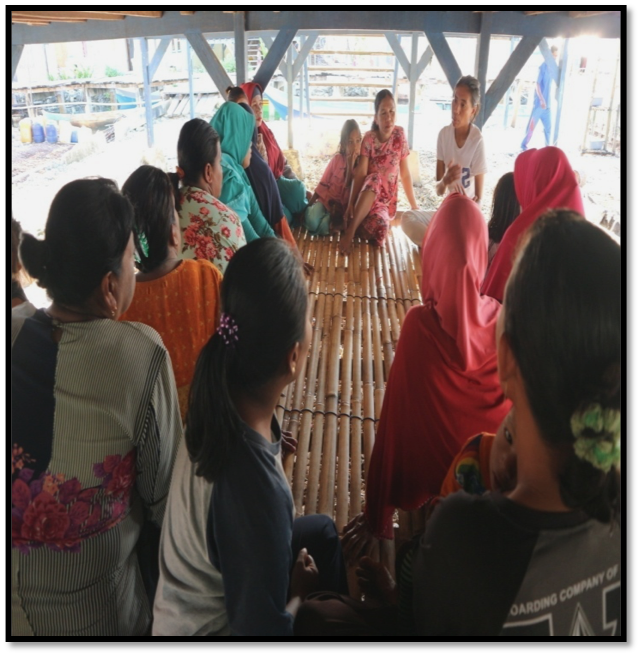
Photo. 2.2. Socialization and discussion with women's groups and PKK in Mantigola village regarding management practices for fishery products and small-field farming using the hydroponic method.
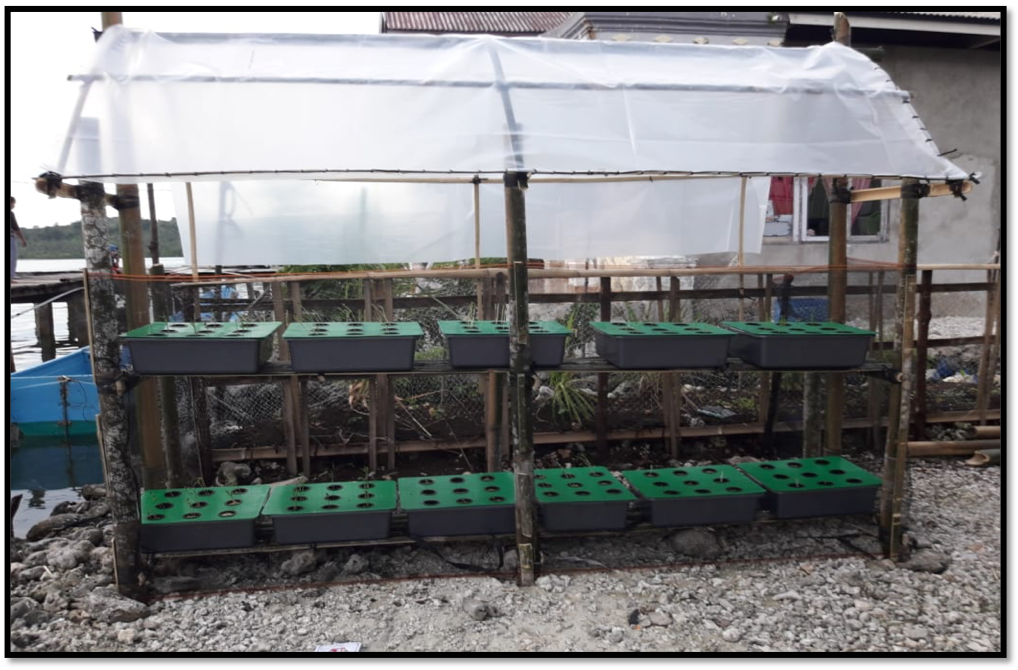
Photo.2.3. Demonstration garden for small land farming using the Hydroponic method carried out by the Bajo Bangkit women's group in Mantigola Village.
Increasing knowledge and breakthroughs in the fisheries sector to support increasing community food security through collaboration with various parties who have related competencies and revitalizing local knowledge regarding natural resource management.
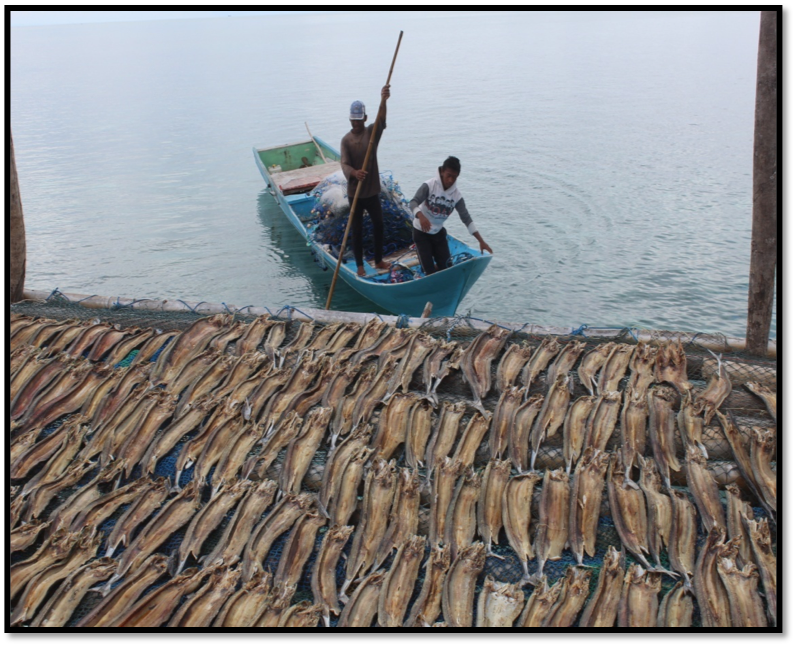
Photo. 3.1. Identification of processed fish catches in Mantigola Village.
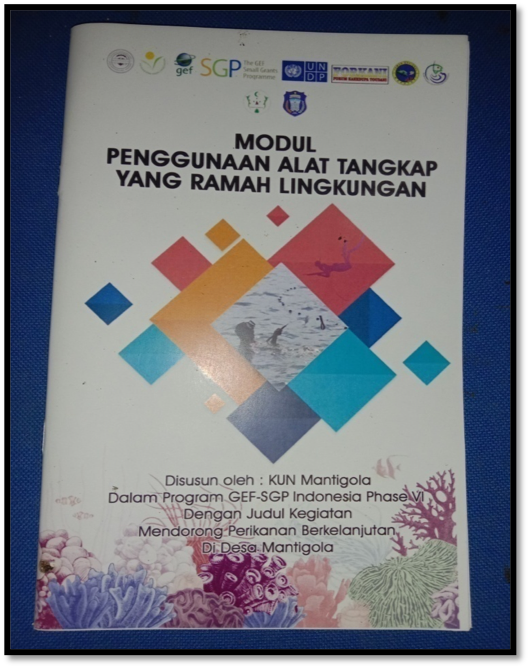
Photo.3.2. Learning module for the use of environmentally friendly fishing gear for junior high/equivalent level schools. Can also be used at elementary school level.
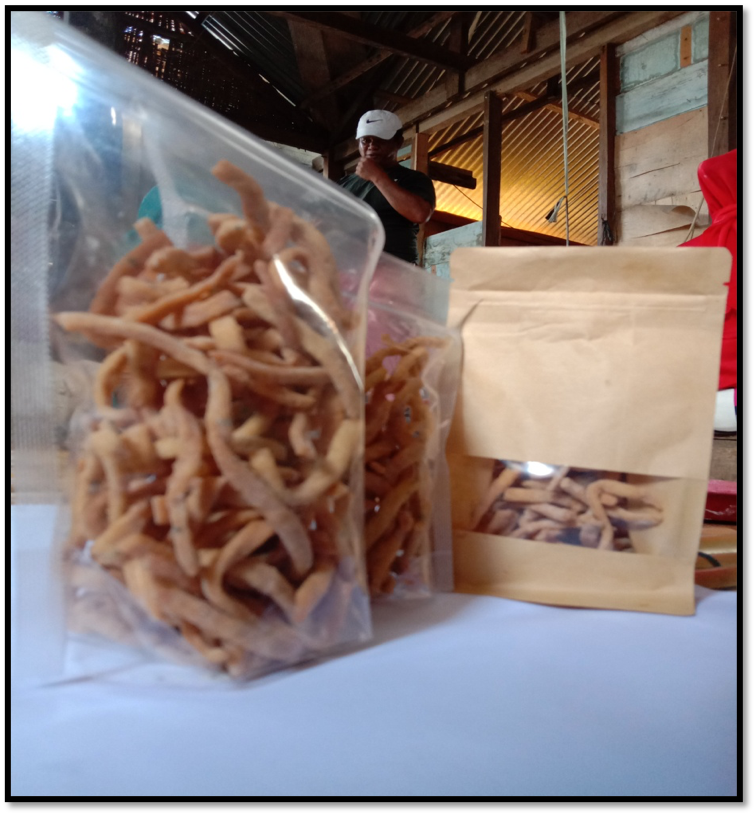
Photo.3.3. Fish Sticks are the result of the practice of diversifying fish-based food preparations by the Women's Group and PKK of Mantigola Village.
Reduced Pressure on Mangrove Forests Around Residential Areas of the Mantigola Village Community for Firewood
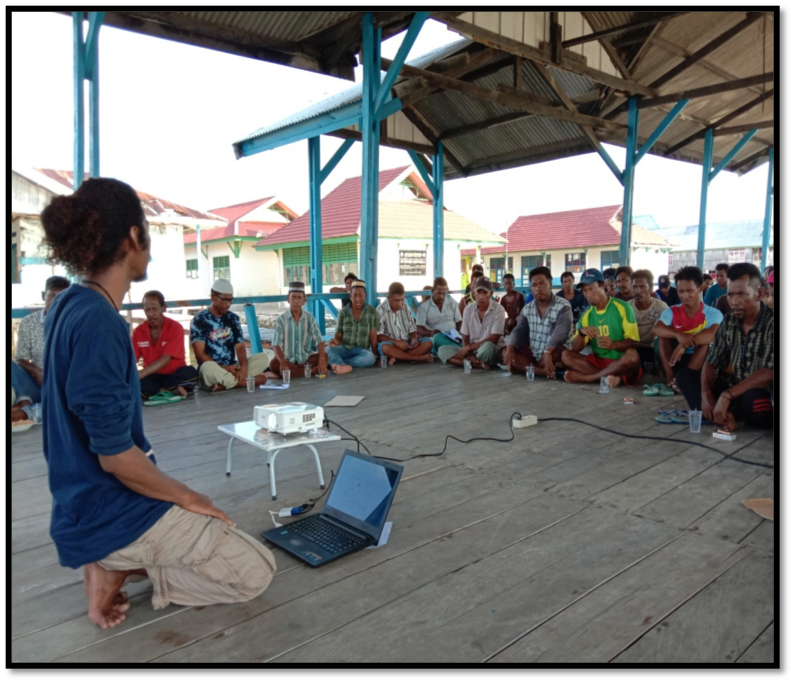
Photo.4.1. village level socialization and deliberation regarding mangrove forest protection.
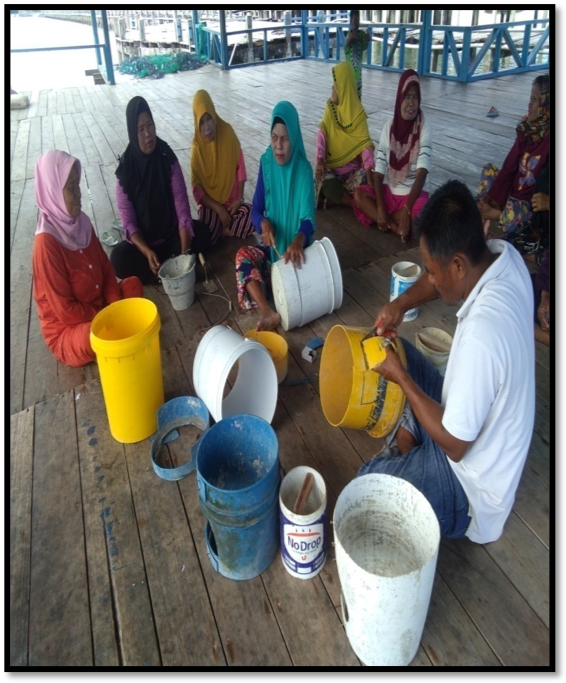
Photo.4.2. The practice of making firewood-saving stoves in Mantigola village with the aim of reducing the high rate of deforestation of mangrove forests for firewood.

Photo. 4.3. use of wood-saving stoves by the Bajo Mantigola tribe.
Strengthening the Role of Local Institutions for Participatory Decision Making that Favors Environmental Sustainability and Community Welfare
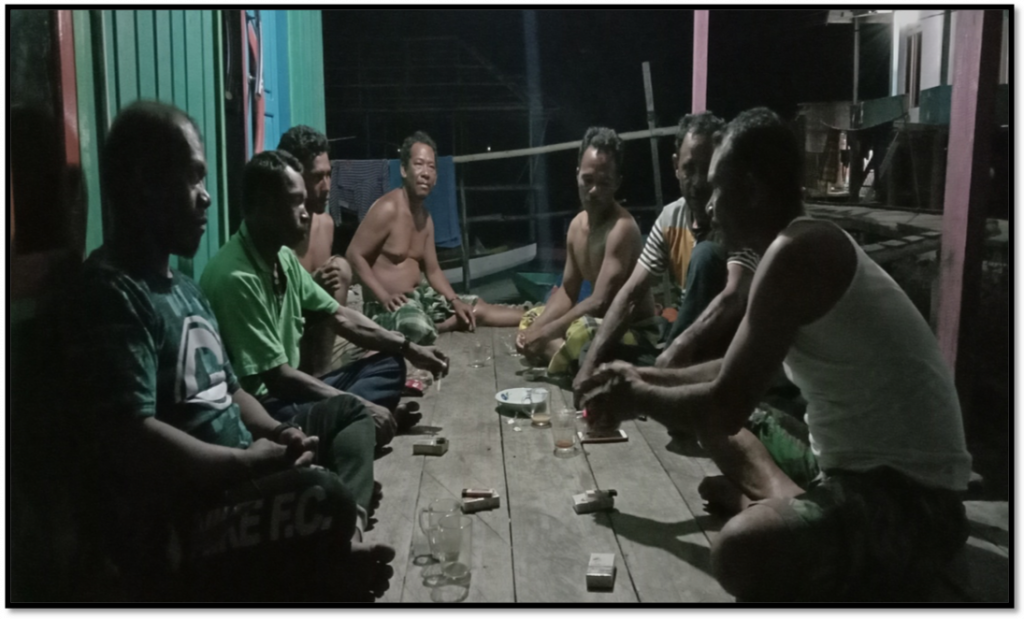
Photo.4.4. Discussions with local institutions and fishermen about sustainable natural resource management.
Program achievements
- The determination jointly by Mantigola and Horuo fishermen and other stakeholders for a fishing location protection area in Kaledupa Reef with an area of 2,162 ha, has been mapped, socialized along with the protection model and concept contained in a joint memorandum of agreement.
- The identification of 11 fishing tools and their methods of use which are commonly used by the Bajo fishermen of Mantigola village and used as basic material in preparing one set of learning modules for primary and equivalent level schools.
- Printed 10 modules on the use of environmentally friendly fishing gear in the form of pocket books which are ready for use by 2 first level schools, namely SATAP Mantigola and MTSs Mantigola.
- The socialization of small land farming was carried out, which was attended by 20 families (there are still 18 families implementing small land farming until now).
- Regular weekly discussions were held with 58 mosque teenagers consisting of 23 women and 35 men about sustainable fishing practices and small-scale farming for 2 months.
- There are 2 types of diversified processed food products made from fish (sticks and donuts), the result of capacity building for 2 women's groups and the Mantiggola Village PKK and made into one BUMDes business unit.
- Training on making wood-saving stoves was carried out with a total of 23 stoves produced and they are still in use today.
- Identified 7 local institutions and 5 key stakeholders who participate in routine discussions and participatory decision making regarding community welfare.
- 1 package of implementation documents during the program (activity narrative report, photos, videos and financial reports).
Program impact
Positive impact
- The people of Mantigola and Horuo villages participate voluntarily in monitoring the catchment area protection area.
- Fishermen feel valued because they are involved in planning and decision making for the use and protection of natural resources.
- Reduced expenses for 18 family members for vegetable needs.
- There is a change in community behavior to carry out sustainable fishing practices.
- There is support from Sara Barata, BTNW, UPTD Maritime Affairs and Fisheries of Wakatobi Regency as well as the District and Village Government.
- Educational institutions are interested in using learning modules on the use of environmentally friendly fishing gear.
- Implementation of wood-saving stoves by the community.
- There is support from BUMDes to help women's groups in managing fish catches (local food diversification).
- Discussions with local institutions gave birth to the concept of mangrove forest management using a system of planting, selective logging (providing access to use of mangrove forests) and was accepted by BTNW.
- The Bajo women's group rose and Mantigola prospered, becoming a forum for transferring knowledge for the younger generation in sustainable fishery product management practices.
Negative impact
- There is a possibility that fishermen misuse supervisory and protection agencies to carry out illegal fishing because they feel they are the supervisors.
- Some people feel that the concept of protection is a matter of increasing the number of government regulations and prohibitions, narrowing catch locations.
- Firewood-saving stoves do not make people save on taking firewood.
- The program implementers were accused of being BTNW spies who would report fishermen at any time.
Best Experience
The best experience of program implementers during activities is the processes they go through with the community starting from documenting local wisdom, knowledge transfer and joint discussions in participatory planning and decision making for sustainable natural resource management.

Photo.4.5. Documentation of the use of environmentally friendly fishing gear.

Photo.4.7. Discussion and exchange of information with the younger generation.
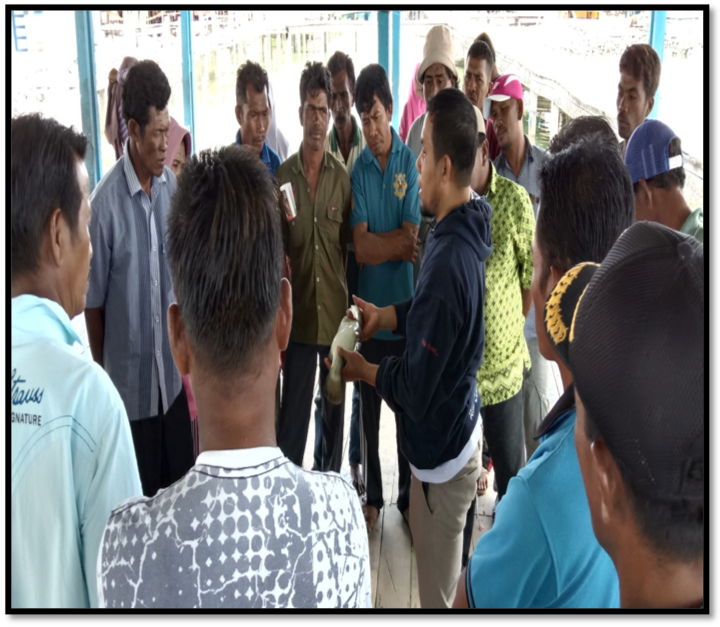
Photo.4.6. Increasing the capacity of fishermen in handling fish catches.
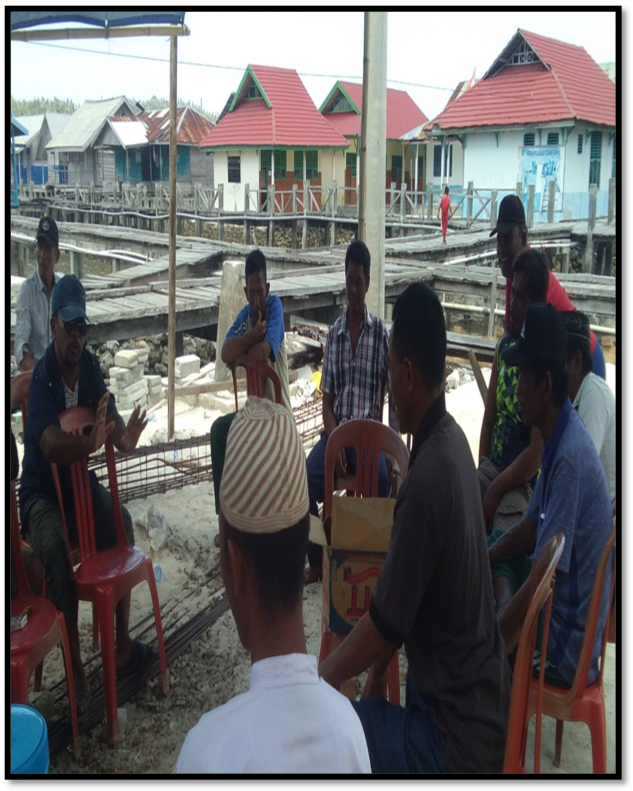
Photo.4.8. Discussions with institutions and local level stakeholders regarding efforts to protect natural resources.
Program Sustainability
- The fish catch area protection location with Mantogola and Horuo fishermen was encouraged to become a PKS, through the cooperation of Fisherman, Sara Barata, the sub-district government and BTNW.
- Apart from fishermen who participate in institutionally monitoring and protecting catch locations, they will be assisted by the Mantigola and Horuo Fishermen's Forum (a work program for the protection and supervision of natural resources) and BTNW.
- Made a learning module for the use of environmentally friendly fishing gear as part of local content subjects.
- Local food preparations made from fish are products of the Mantigola BUMDes business unit.
Publication media
